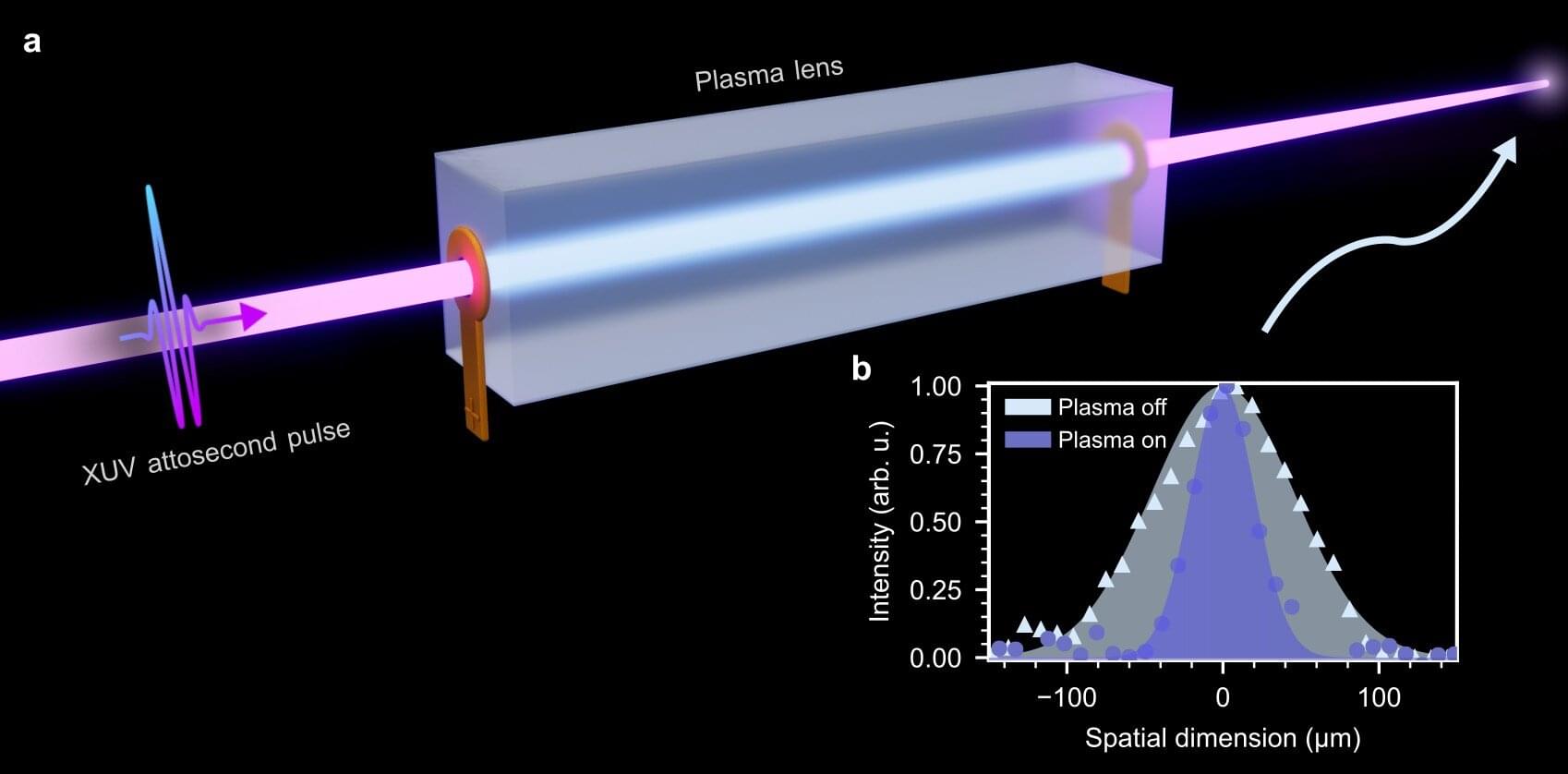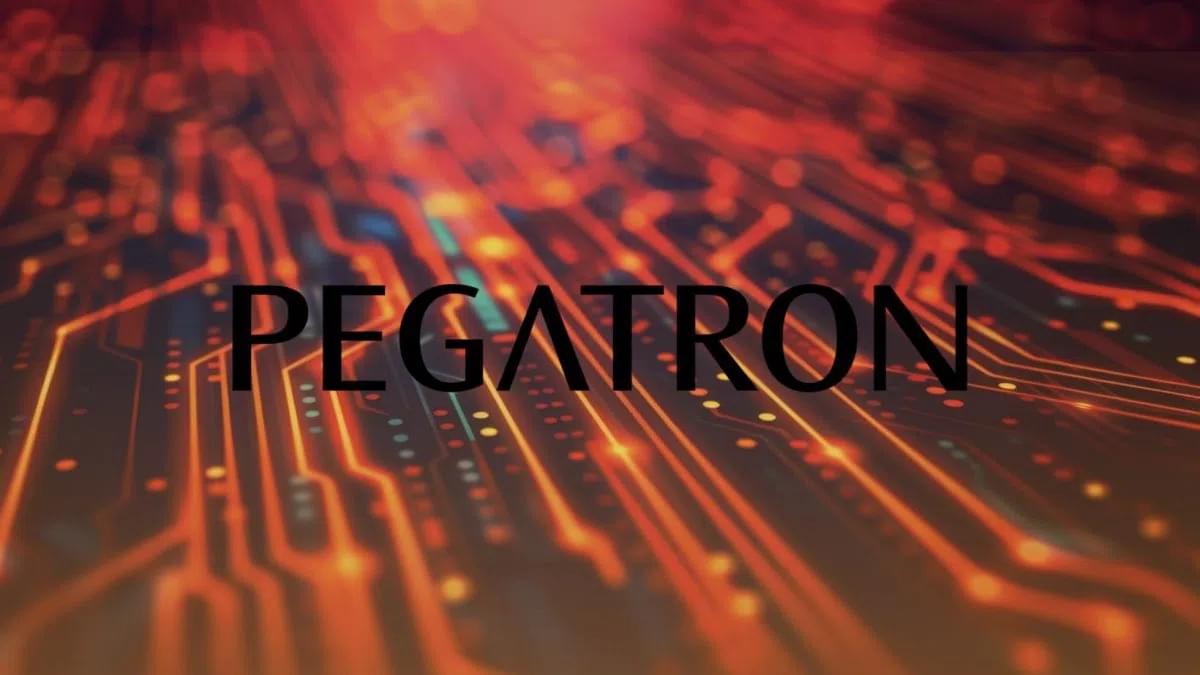About 68% of respondents said the pressure to publish their research is greater than it was two to three years ago and only 45% agreed that they have sufficient time for research (see ‘Researchers are feeling the pressure’). Another concern is uncertainty over funding — just 33% of respondents expect funding in their field to grow in the next 2–3 years. And that proportion fell to just 11% in North America, reflecting unprecedented cuts to US research funding this year.
“As a researcher based in Brazil, I strongly relate to the survey’s findings, particularly the growing pressure to publish despite limited time and resources,” says Claudia Suemoto, a gerontologist at the University of São Paulo Medical School. “The demand for productivity has indeed increased in recent years, yet opportunities for funding and access to qualified personnel remain constrained in Brazil and other low-and middle-income countries.”
Suemoto says this imbalance of high demands and restricted resources often forces researchers to do more with less, which could affect the quality and innovation of research. Comments researchers made as part of the survey indicate that the lack of time is down to factors including growing administrative and teaching demands and trying to identity and acquire funding.









